






AI
Five Levels of Artificial Intelligence Agents
Cobus Greyling
Autonomous AI Agents are capable of independently executing a series of complex tasks to achieve their goals.
The terms AI agents, autonomous agents, agentic applications, or what I refer to as agentic X are interchangeable.

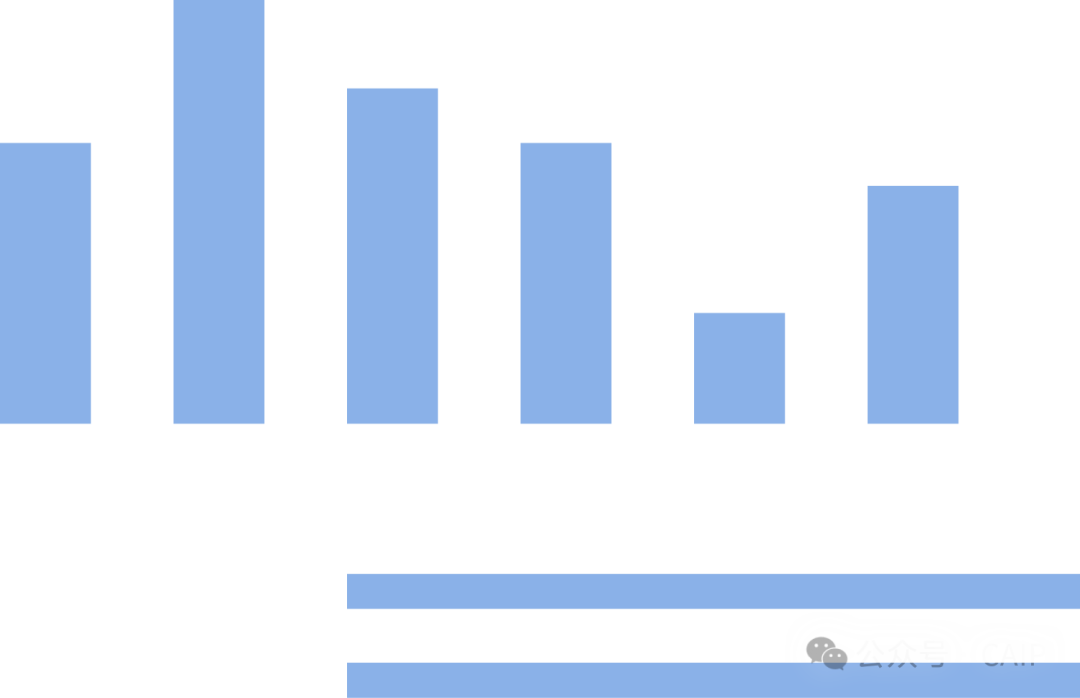
· Some Background ·
I really enjoy the example of Agile’s rise in organizations, where project managers evolved into Scrum Masters to adapt to iterative development cycles.
Similarly, conversational AI has transformed from basic chatbot frameworks to advanced prompt engineering tools, and now into comprehensive AI agent builders.
Understanding the components of agent frameworks is crucial for effectively leveraging these advancements.
In this article, I alternate the terms RPA, chaining, prompt chaining, and chatbot dialogue flow as they all refer to similar approaches that guide processes using predefined sequential nodes.

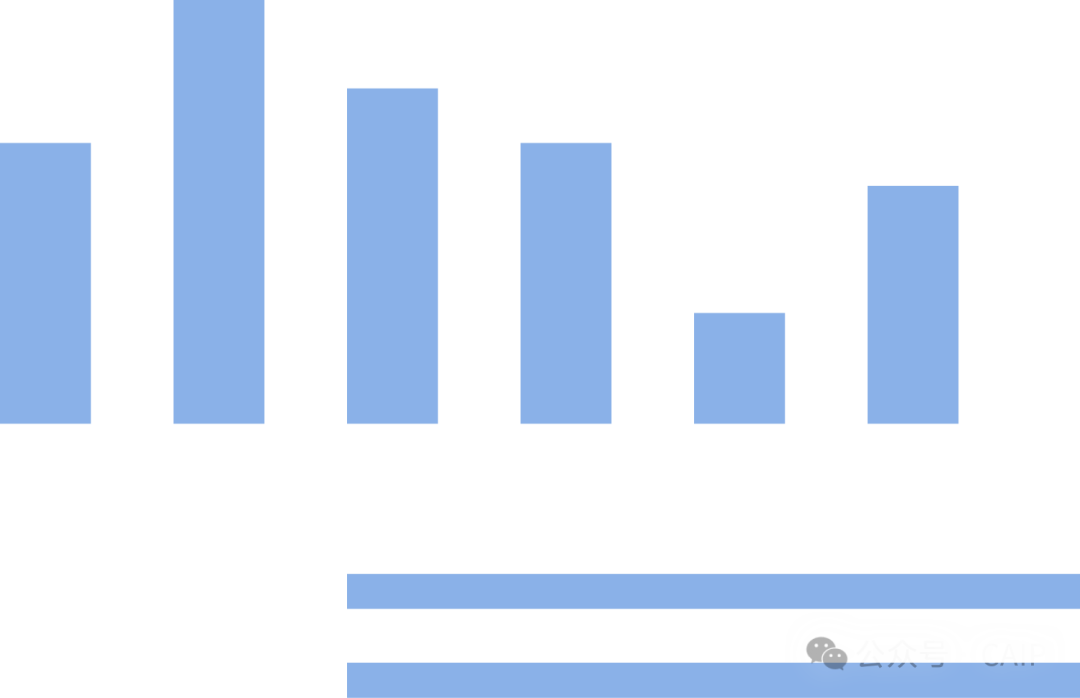
· What is an Agent? In Brief… ·
・Agentic applications leverage one or more language models as their core foundation or backbone to dynamically generate responses and actions.
・These applications manage state and transitions while constructing event chains in real-time to address specific user queries, providing adaptive solutions.
・Agents excel at handling ambiguous or implicit questions, breaking them down into successive subtasks, and iteratively processing them through cycles of action, observation, and reflection until a final solution is reached.
・Latency and cost management are critical for conversational implementations, requiring a balance between responsiveness and resource efficiency. Delays can pose challenges for agentic implementations.
・Inspectability and observability are crucial for production implementations, necessitating the development of robust mechanisms to reveal the states and paths the agents have traversed, ensuring transparency.
・To accomplish tasks, agents can utilize various tools, each with a clear purpose—whether making API calls, performing calculations, or searching the web.
・Human-in-the-Loop (HITL) can serve as an auxiliary tool, allowing agents to seek human input when needed, thereby extending their operational capabilities.
・New agent tools can be seamlessly integrated to extend functionality, allowing for continuous adjustments and enhancements of autonomous agent capabilities.
・Agents possess true autonomy, capable of making independent decisions and performing actions with minimal human oversight. The level of autonomy is determined by the number of iterative cycles an AI agent can undergo to reach conclusions and the number of tools at its disposal.
・With advanced flexibility, agents can dynamically select and prioritize tools as needed, employing reasoning and adaptive strategies to tackle complex tasks that arise.



· AI Agents vs Traditional Chaining ·
Below is an in-depth comparison of AI agents versus traditional linking and robotic process automation (RPA) methods based on the standards shown…
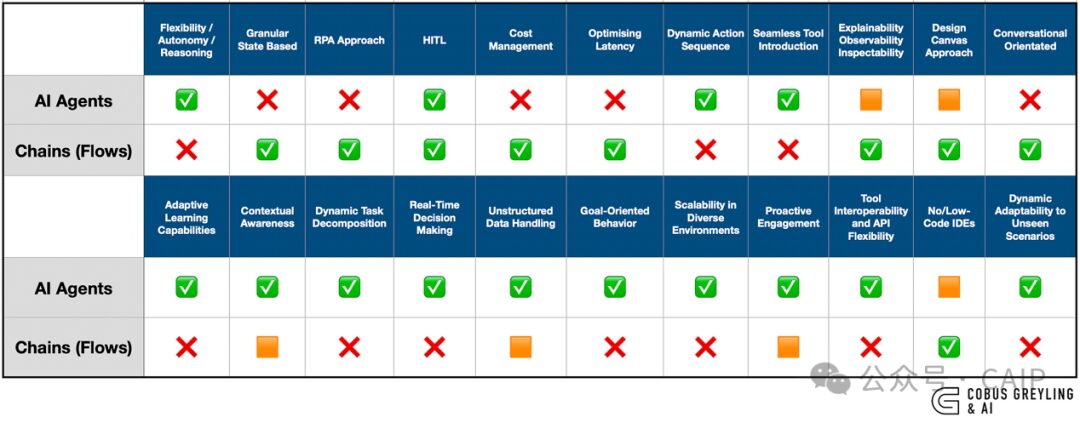
01
Flexibility, Autonomy, Reasoning
AI Agents: Highly flexible and autonomous, capable of complex reasoning and decision-making based on context. They can adapt to unforeseen situations, respond to changing data, and make real-time adjustments.
Chaining/RPA: Typically follow predefined rules and sequences, with limited flexibility. They execute tasks in a programmed manner without deviation, making them less adaptable to changes in the environment.
02
State-Based Granularity
AI Agents: Employ a state-based granular approach to operate, maintaining an internal dynamic state and understanding the environment. This enables them to track changes over time and adjust their actions accordingly.
Chaining/RPA: Typically lack fine-grained state awareness and operate according to fixed workflows. They are less adept at handling complex or evolving tasks that require situational awareness.
03
RPA Approach
AI Agents: Utilize machine learning and natural language processing to make dynamic decisions, surpassing rule-based automation.
Linking/RPA: Heavily rely on traditional automation techniques, such as screen scraping and hard-coded rules, which are inflexible and require extensive reconfiguration for any changes.
04
Human-in-the-Loop (HITL)
AI Agents: Often incorporate HITL when executing complex tasks or encountering uncertain situations, allowing for human intervention to guide the process or provide feedback.
Linking/RPA: May require human handling of exceptions, but this is not typically built-in functionality. Compared to AI agents, HITL integration is lower. If a chatbot fails to meet intent, traditional chatbots/links often resort to a complete handoff to an agent.
05
Cost Management
AI Agents: Deployment and maintenance costs can be high due to resource demands, but their adaptability and efficiency can lead to long-term cost savings.
Chaining/RPA: Typically have lower upfront costs, especially for simple repetitive tasks, but costs can escalate if frequent updates and maintenance are required.
06
Optimizing Latency
AI Agents: Use optimization strategies to minimize latency, often through data prefetching, parallel processing, or real-time adjustments. However, latency can be challenging to improve for reasoning and decomposition tasks.
Chaining/RPA: May experience latency due to strict workflows and sequential processing, with limited real-time optimization. However, overall, they are easier to optimize.
07
LLM-Generated Action Sequences
AI Agents: Use language models to dynamically generate action sequences, enabling them to handle complex multi-step tasks based on changing contexts.
Linking/RPA: Action sequences are predefined and do not benefit from the flexibility driven by LLM, thereby limiting their ability to handle nuanced or conversational tasks.
08
Seamless Tool Integration
AI Agents: Typically integrate various tools and services seamlessly, including APIs, databases, and external resources, to dynamically enhance functionality.
Linking/RPA: Integration is often more rigid, requiring manual configuration and adapting less dynamically to new tools or services.
09
Explainability/Observability/Inspectability
AI Agents: Typically include explainability and observability features, providing insights into decision-making processes, which are crucial for trust and compliance. However, this aspect is often lacking in most cases.
Linking/RPA: Set event sequences for different workflows.
10
Design Canvas Approach
AI Agents: Typically rely on traditional programming environments with less focus on visual workflow design, making the configuration of complex tasks more challenging.
Linking/RPA: Can utilize design canvases to configure complex workflows, often presented visually, allowing for intuitive adjustments and reconfigurations.
11
Dialogue-Oriented
AI Agents: Can engage in conversational tasks, using natural language understanding to interact effectively with users.
Linking/RPA: Typically designed for dialogue interfaces (considering traditional chatbot frameworks), but they can interact with simple text-based inputs.
12
Adaptive Learning Capabilities
AI Agents: Can learn from new data and experiences over time, enabling them to improve autonomously, unlike traditional RPA, which relies on preset rules and lacks learning capabilities.
13
Situational Awareness
AI Agents are capable of understanding and adapting to the interactive environment, enhancing decision-making and response accuracy. In contrast, RPA and chatbot processes operate in static, predefined environments.
14
Dynamic Task Decomposition
AI Agents can dynamically decompose complex tasks into smaller, more manageable subtasks and adjust based on real-time feedback. RPA/chatbots/prompt chains typically follow linear, fixed task sequences.
15
Real-Time Decision Making
AI Agents can make decisions instantly based on real-time data, while RPA follows preset decision processes based on pre-programmed logic.
16
Unstructured Data Processing
AI Agents can understand and process unstructured data, such as natural language and images, through AI models, while RPA and workflows typically handle clearly defined and classified structured data.
17
Goal-Oriented Behavior
AI Agents are committed to achieving high-level goals and can modify their approaches as needed, while linking scripts are designed to achieve specific tasks without an overarching goal.
18
Scalability Across Different Environments
AI Agents can be deployed across a wide range of environments and can easily scale with minimal configuration changes, while RPA/workflow solutions may require extensive customization to adapt to different platforms or systems.
19
Proactive Engagement
AI Agents can initiate actions and engage proactively based on user behavior or external triggers. RPA/workflows/chains are more reactive, executing tasks only when prompted by specific events.
20
Tool Interoperability and API Flexibility
AI Agents are typically designed to work seamlessly with various tools and APIs, adjusting as needed, while RPA/chains/workflows/chatbot solutions are often more rigid and specific to certain tools or systems.
21
No Low-Code IDE
AI Agents: Development environments at this stage tend to favor code. RPA/workflows/links/chatbots lean towards no-code design canvas building approaches.
22
Dynamic Adaptability to Unknown Scenarios
AI Agents can leverage machine learning and contextual understanding to adapt to new and unseen scenarios, enabling them to make decisions even without explicit training. This allows them to be highly adaptable to changing environments or unexpected user inputs.
Linking/RPA: Typically struggle to cope with scenarios outside predefined scripts or rules. They operate based on specific sequences, which may fail or require human intervention when encountering unexpected situations or edge cases not designed to handle.

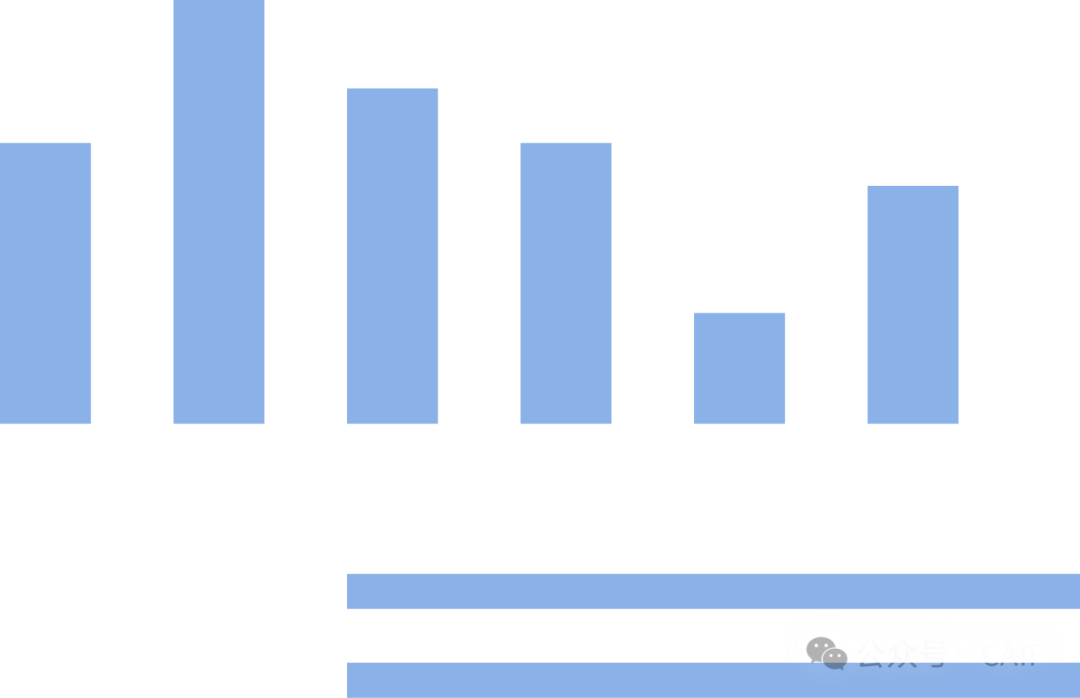
· About AI Portal ·
AI Portal is a premium AI application aggregation platform. Here, you can find the latest popular AI applications across the web.
Whether you are a company founder, marketer, clerical worker, or developer, you can find suitable AI applications here.
By utilizing AI tools, you can significantly enhance work efficiency and gain a competitive edge in the workplace.
AI does not replace people; it replaces those who do not know how to use AI. Choose AI Portal for a one-stop AI application distribution convenience service.
What are you waiting for? Explore AI applications with AI Portal.


· Disclaimer ·
Dear Readers:
Thank you for reading our article “Five Levels of Artificial Intelligence Agents” published on our official account. We strive to provide you with valuable content.
Please note that the information and materials in this article are sourced from public channels, and there may be copyright ownership issues regarding the text, images, and other content involved. We respect and protect the rights of all original authors.
If you find any content involving copyright infringement during your reading, please inform us promptly through comments or contact methods. We will take immediate action to verify and, upon confirmation of infringement, quickly correct or remove the relevant content to avoid unnecessary trouble for you or the original authors.
Thank you for your understanding and support!
END


WeChat ID|AI Portal
Official Website|AI Portal
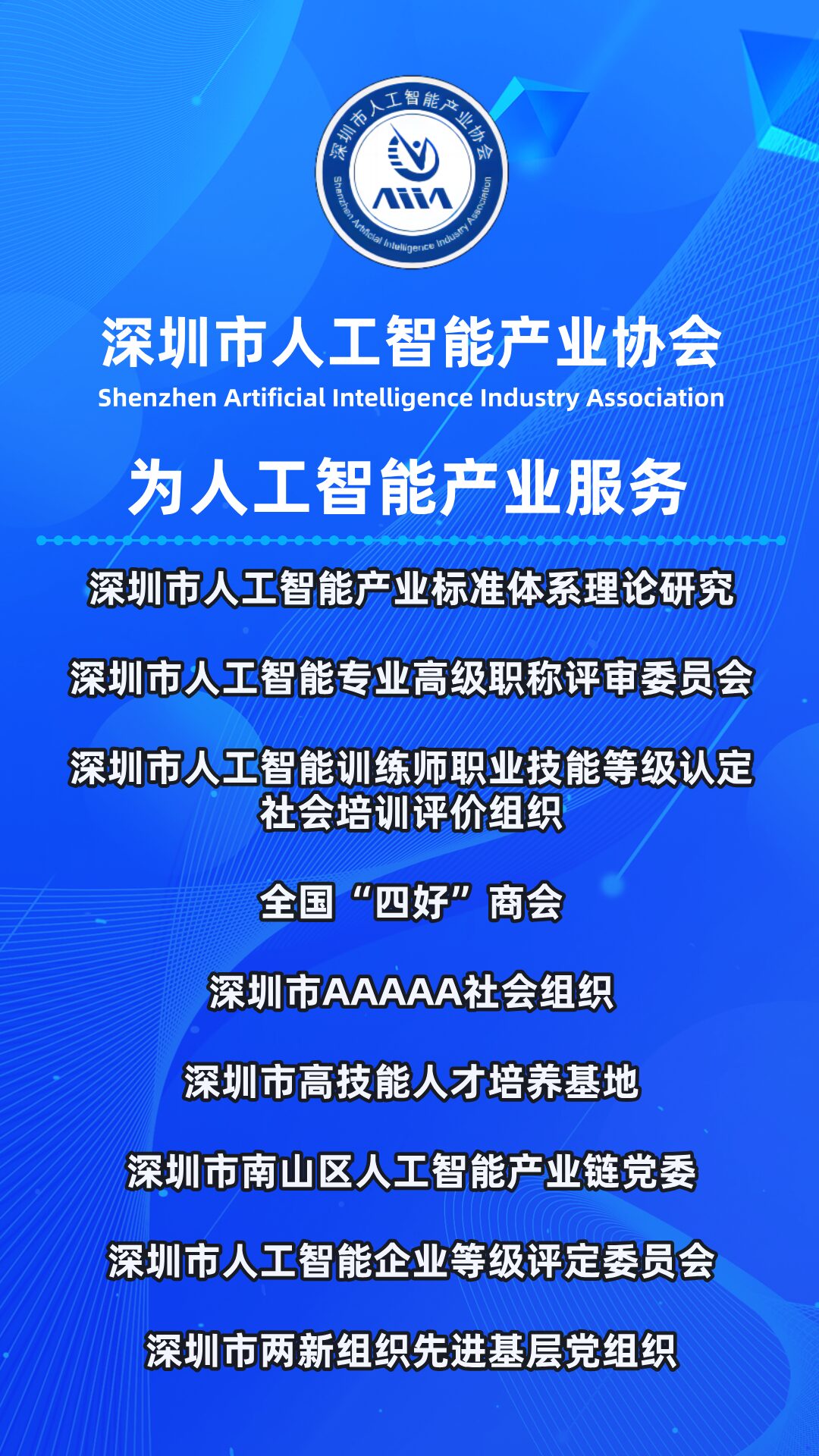
| Contact Us | ||
| Serial Number | Responsible Content | Responsible Person and Phone Number |
| 01 | Membership Consultation & Submission | Yang Xusheng 13699840762 |
| 02 | Title & Identification & Competition | Yang Minna 13726272240 |
| 03 | School-Enterprise Cooperation & Skill Certification | Huang Junjie 13510021302 |
| 04 | Brand Activities & International Exchange | Hu Yuqin 13733585885 |
| 05 | Public Welfare Training | Sun Simin 18028774091 |
| 06 | Standard Setting | Chen Xin 15268527544 |
| 07 | Startup Incubation | Wang Huijun 13392892806 |
| 08 |
Party Branch, Trade Union Establishment & Conflict Mediation |
Luo Ying 18820990700 |
| 09 |
Market Docking & Exhibition Consultation |
Wang Hua 13510833133 |
| Please do not disturb unless necessary, consult relevant staff based on actual needs. |
